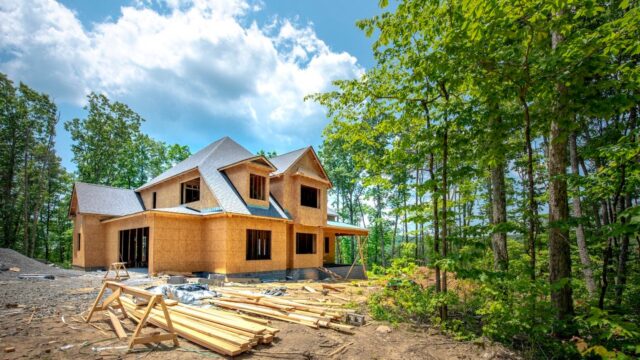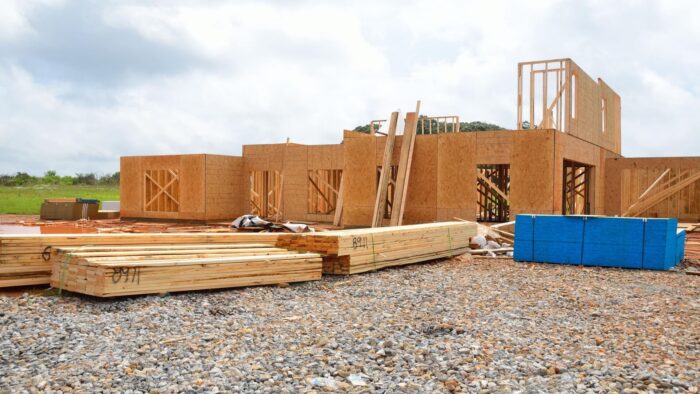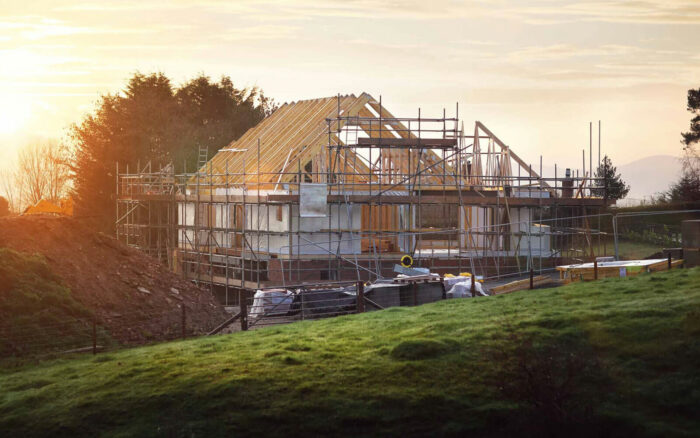
Are you dreaming of buying land to build your dream home, complete with a lush garden where you can sip your morning coffee? Well, you’re not alone. Many people have embarked on this exciting journey, and I’m here to guide you through the ins and outs of purchasing land for your future home.
In this article, we’ll explore the essential steps, considerations, and real-life experiences to ensure your land-buying adventure goes smoothly.
1. Defining Your Dream

Before you start scouring listings or contacting real estate agents, it’s crucial to define your dream home and garden. Take some time to envision your ideal property. Do you want a sprawling estate with acres of greenery, or a smaller plot with an intimate garden space? Knowing your preferences will help you narrow down your search.
2. Setting a Budget
Your budget plays a significant role in the land-buying process. Consider all the costs involved, not just the purchase price. There are property taxes, closing costs, and potential development expenses to think about. It’s wise to consult with a financial advisor to determine your affordability and secure financing if needed.
3. Location Matters
Location is everything in real estate, and it’s no different when buying land. Research different areas and neighborhoods that align with your lifestyle and future plans. Factors like proximity to schools, work, shopping centers, and natural amenities should influence your decision.
Real-Life Experience: Sarah, a young professional, fell in love with a remote piece of land for its tranquility. However, the daily commute to her job proved to be challenging, leading her to reconsider her choice.
4. Zoning and Regulations

Understanding zoning regulations is crucial when buying land. Local authorities have rules governing land use, such as residential, commercial, or agricultural. Check with the local planning department to ensure your intended use aligns with these regulations. Zoning can also affect your garden plans, so be sure to clarify any restrictions.
5. Survey and Property Evaluation
Once you’ve identified a potential piece of land, don’t skip the survey and property evaluation. This step involves assessing the land’s boundaries, topography, soil quality, and any potential environmental concerns. It’s essential to have a clear understanding of what you’re buying.
Real-Life Experience: James and Lisa were excited about their land purchase until they discovered an underground water source, which required additional permitting and expenses for their garden irrigation system.
6. Infrastructure and Utilities
Consider the availability of essential infrastructure and utilities. Access to water, sewage, electricity, and internet services is vital for modern living. If these amenities are not readily available, you’ll need to budget for their installation, which can be a substantial expense.
7. Environmental Impact

Being mindful of the environment is not only responsible but often a legal requirement. Investigate potential environmental impact assessments and permits needed for construction or garden enhancements. This step is especially important if your land includes wetlands or other sensitive areas.
8. Future Development Potential
When buying land, think about its potential for future development. Will the surrounding area grow in value, or are there plans for nearby infrastructure projects? A well-researched investment today can yield substantial returns in the future.
9. Negotiating the Deal
Negotiating the land purchase is where your real estate agent or legal advisor becomes invaluable. Ensure you understand the terms and conditions of the sale, including any contingencies or seller concessions. Don’t hesitate to negotiate if you believe the price or conditions are not in your favor.
10. Due Diligence

Before finalizing the purchase, conduct thorough due diligence. This involves obtaining all necessary permits, conducting soil tests, and confirming property boundaries. Skipping this step can lead to unexpected complications down the road.
11. Preparing for Garden Glory
Now that you’ve successfully purchased your dream land, it’s time to prepare for the garden you’ve always wanted. Consider these garden planning steps:
Soil Testing and Improvement
Before planting, conduct soil tests to determine its composition and nutritional needs. Depending on the results, you may need to amend the soil with compost or other organic matter to ensure a thriving garden.
Garden Design
Create a garden design that complements your home and lifestyle. Think about the layout, types of plants, and any hardscape elements like pathways or seating areas.
Plant Selection
Choose plants that thrive in your climate and soil conditions. Native plants are often a smart choice because they require less maintenance and support local wildlife.
Irrigation
Install an efficient irrigation system to keep your garden hydrated. Drip irrigation and rainwater harvesting systems can help conserve water while keeping your garden lush.
Maintenance Plan
Develop a maintenance plan to keep your garden in top shape. This includes regular watering, pruning, and pest control. Consider whether you’ll do it yourself or hire a professional gardener.
12. Living Your Dream

Congratulations! You’ve successfully bought land, built your dream home, and created a stunning garden. The journey may have had its challenges, but the reward of living in your dream home with a beautiful garden makes it all worthwhile.
Conclusion
Buying land to build a home with a garden is a significant undertaking, but with careful planning and research, it can be a rewarding experience. Remember to define your dream, set a budget, consider location and regulations, and conduct thorough due diligence. And once you’ve settled into your new home, enjoy the serenity and beauty of your garden – the result of your hard work and dedication.

















